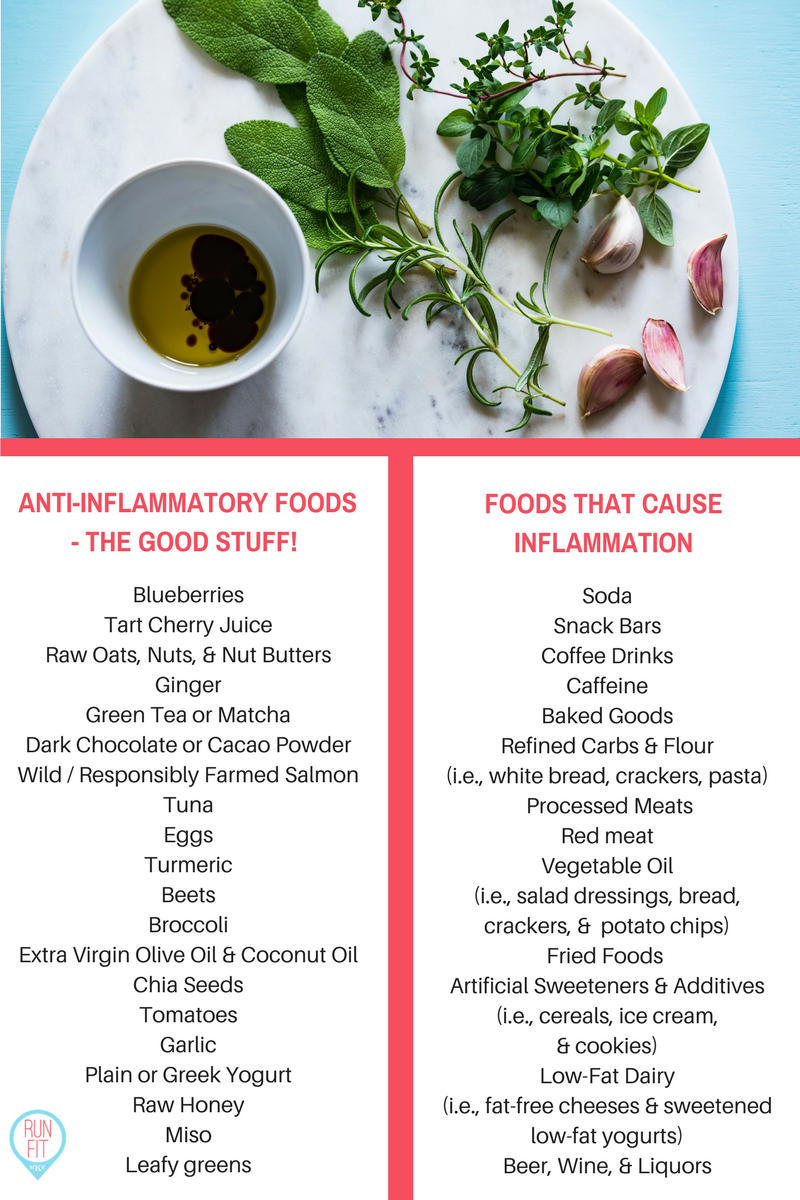
Mediterranean diet encourages vegetables to be a large part of the diet and meat is only occasionally eaten. The Mediterranean diet encourages meat to be prepared in many different ways, such as in sauces with extra-virgin olive oil. The Mediterranean diet also avoids processed meats and relies heavily on fresh ingredients rather than packaged products. Dairy products like yogurt and cheese are allowed. Fish is usually only eaten 1-2 times per week. The Mediterranean diet doesn't rely on processed or packaged foods.
Plant-based protein is also an important part of the Mediterranean diet. Studies have shown that eating nuts, seeds and other plant-based proteins can protect your heart and reduce your chance of developing cancer. A large part of the Mediterranean diet is vegetables. One cup of green leafy vegetables per day is a good amount. Vegetables include spinach, broccoli, cabbage, Brussels sprouts, and spinach. You can also grill or use raw ingredients.
In the Mediterranean diet, tomatoes play an important role. They are low on fat and high fiber. The Mediterranean diet includes moderate amounts red wine, which enhances meals. It is a great way to increase your fiber and protein intake and still enjoy the taste of a meal. Moreover, the Mediterranean diet allows the occasional glass of red wine. This can be an enjoyable way to spend a night on the town.

Vegetables should make up the majority of your meals. Mediterranean eating guidelines recommend that you consume seven to ten fruits and vegetables daily, and three to five vegetables each day. Antioxidants are found in fruits and vegetables, which can help lower your chances of getting heart disease. To make sandwiches, add spinach to eggs and cucumbers to the sandwich. A great option is to slice cucumbers.
Mediterranean eating includes many plant-based food options. Olive oil is the primary source of extra fat. Red meat is allowed in moderate amounts under the Mediterranean diet. However, this should be limited to only one serving per day. You should only consume one to two drinks per day if you wish to drink alcohol. Red wine is permitted in moderation.
Also, it is vital to get active every day. A Mediterranean diet calls for two to three hours of moderate exercise each week. Choose activities that make you breathe faster and feel more energetic. Other aerobic activities include yardwork and housework. The Mediterranean diet is a good choice for busy people. It will provide the energy you need, and it will prevent you from feeling tired or depressed.
The traditional Mediterranean diet also allows for a moderate amount of red meat. The Mediterranean diet focuses on fish and poultry as these are both good sources of lean protein. It also prohibits red meat. It is important to select lean cuts of meat when choosing your meat. This will lower the risk of developing heart disease. The meat should be 90 percent lean and 10 percent fat.

Mediterranean diet permits lean meats as well as fish. The Mediterranean diet is high-in fish. It is important that you know which fish can be safe for your health. Seafood Watch gives information about Mediterranean fish as well the Mediterranean diet. It consists of olive oil, fruits, vegetables, legumes and nuts as well as whole grains and olive oil.
The Mediterranean diet is a major part that includes eggs. In the past, meat was very rarely consumed, but eggs were a staple food in many Mediterranean areas and were a good source for protein. It may seem extreme to some but eggs are a healthy food and a great source for protein. Mediterranean food is high in fiber and contains fruits, vegetables as well legumes, nuts and olive oils.
FAQ
Is cold a sign of a weak immune response?
There are two types of people in the world: those who love winter and those that hate it. It doesn't really matter whether you love winter or loathe it. You might be wondering why it makes you miserable.
The truth is that our bodies are built to work best when it's warm. Hot climates are where our food sources are most plentiful, and we evolved to thrive there.
Today's environment is vastly different from the one our ancestors experienced. We spend more time indoors than ever before, and are often exposed both to cold and heat extremes.
Our bodies don't have the ability to tolerate extremes. It means that when we do go outdoors, we are often tired, sluggish or even sick.
These effects can be reversed, however. The best way to avoid these problems is to ensure that your body stays hydrated throughout the day. You can help flush toxins out of your body by drinking plenty of water.
You must also ensure that you are eating healthy foods. Healthy food will help your body maintain its optimal temperature. This is especially true for people who spend long hours indoors.
Consider taking a few moments each morning to meditate. Meditation helps to calm your mind and body which can make it easier to deal stress and illness.
How do I find out what's best for me?
Your body is your best friend. Your body knows best when it comes to how much exercise, food, and rest you need. You need to be aware of your body and not overdo it. Be aware of your body and do what you can to maintain good health.
What are 5 ways to live a healthy lifestyle?
A healthy lifestyle means eating right, being active, getting enough sleep, managing your stress levels, and having fun. Healthy eating means avoiding sugary and processed foods. Exercise helps burn calories and strengthens muscles. Sleeping well improves concentration and memory. Managing stress reduces anxiety and depression. Fun keeps us vibrant and young.
What is the difference of a virus from a bacteria?
A virus is a microscopic organism which cannot reproduce outside of its host cell. A bacterium is a single-celled organism that reproduces by splitting itself in two. Viruses measure only 20 nanometers in diameter, but bacteria is up to 1 millimeter in size.
Viruses are often spread through contact of infected bodily fluids like saliva, urine or semen. Bacteria are often spread via direct contact with contaminated surfaces or objects.
Viral infections can be transmitted through skin cuts, scrapes and bites. They can also be transmitted through the eyes, nose, mouth, ears, rectum, and anus.
Bacteria can enter the body through wounds. They can also be introduced to our bodies by food, water and soil.
Viruses and bacteria both cause illness. Viruses can not multiply within the host. They infect only living cells, causing illness.
Bacteria can cause illness by multiplying in the body. They can spread to other parts of our bodies. That's why we need antibiotics to kill them.
What's the problem in BMI?
BMI is the acronym for Body Mass Index. It measures body fat based upon height and weight. Here is how to calculate BMI using the following formula.
Add weight in kilograms to height in meters squared.
The result is expressed using a number from 0 through 25. Scores of 18.5 and higher indicate overweight, while scores of 23 and higher indicate obesity.
A person of 100 kg with a height of 1.75m will have 22 BMI.
How do you get enough vitamins?
You can obtain most of your daily requirement through diet alone. Supplements are available if you are deficient. A multivitamin can contain all the vitamins that you need. Or you can buy individual vitamins from your local drugstore.
Talk to your doctor if you have concerns about your nutritional intake. Dark green leafy vegetables like spinach, broccoli and kale, as well as turnip greens and mustard greens such as turnip and mustard greens and bok choy, are rich in vitamins K & E.
Ask your doctor to help you determine the right amount of vitamin. Based on your medical history and your current health, your doctor can recommend the correct dosage.
What are the ten best foods to eat in America?
These are the top 10 foods to eat.
-
Avocados
-
Berries
-
Broccoli
-
Cauliflower
-
Eggs
-
Fish
-
Grains
-
Nuts
-
Oats
-
Salmon
Statistics
- In both adults and children, the intake of free sugars should be reduced to less than 10% of total energy intake. (who.int)
- The Dietary Guidelines for Americans recommend keeping added sugar intake below 10% of your daily calorie intake, while the World Health Organization recommends slashing added sugars to 5% or less of your daily calories for optimal health (59Trusted (healthline.com)
- nutrients.[17]X Research sourceWhole grains to try include: 100% whole wheat pasta and bread, brown rice, whole grain oats, farro, millet, quinoa, and barley. (wikihow.com)
- WHO recommends reducing saturated fats to less than 10% of total energy intake; reducing trans-fats to less than 1% of total energy intake; and replacing both saturated fats and trans-fats to unsaturated fats. (who.int)
External Links
How To
What does the term "vitamins" mean?
Vitamins are organic compounds found naturally in food. Vitamins are essential for our bodies to absorb nutrients from the foods we eat. The body cannot make vitamins; therefore, they must be obtained from food.
There are two types: water-soluble and fat-soluble vitamins. Water-soluble vitamins dissolve in water easily. Some examples include vitamin C,B1 and B2 vitamins (thiamine), B2 and riboflavin, B3 and B6 vitamins (niacin), folic acids, biotin, pantothenic acids, and cholesterol. Fat-soluble vitamins can be stored in the liver or in fatty tissue. You can find vitamin D, E K, A, beta carotene, and other fat-soluble vitamins.
Vitamins are classified based on their biological activity. There are eight major categories of vitamins.
-
A - Essential for healthy growth and health maintenance.
-
C - essential for nerve function and energy generation.
-
D - Essential for healthy teeth and bones.
-
E is needed for good reproduction and vision.
-
K – Required for healthy nerves & muscles.
-
P - Vital for strong bones and teeth.
-
Q - aids digestion and absorption of iron.
-
R - necessary for making red blood cells.
The recommended daily allowance for vitamins (RDA) varies based on gender, age, and physical conditions. The U.S. Food and Drug Administration sets RDA values.
For example, the RDA for vitamin A is 400 micrograms per dayfor adults 19 years or older. Pregnant women require 600 micrograms daily to support fetal development. Children ages 1-8 require 900 micrograms per day. For infants younger than one year, 700 micrograms are required daily. However, this number drops to 500 micrograms each day for children aged 9-12 months.
Children between the ages of 1-18 need 800 micrograms per daily for obesity, while children overweight require 1000 micrograms. Children underweight or obese will need 1200 mg per day.
Children 4-8 years old who have anemia must consume 2200 micrograms of Vitamin C daily.
2000 micrograms daily is required for adults over 50 to maintain their general health. Mothers who are pregnant, nursing, or have a high nutrient need will require 3000 micrograms a day.
1500 micrograms are required daily by adults over 70 because they lose approximately 10% of their muscle each decade.
Women who are pregnant, nursing or breastfeeding need more than the RDA. Pregnant woman need 4000 micrograms daily in pregnancy, and 2500 per day after childbirth. Breastfeeding mothers need to consume 5000 micrograms every day when breastmilk has been produced.